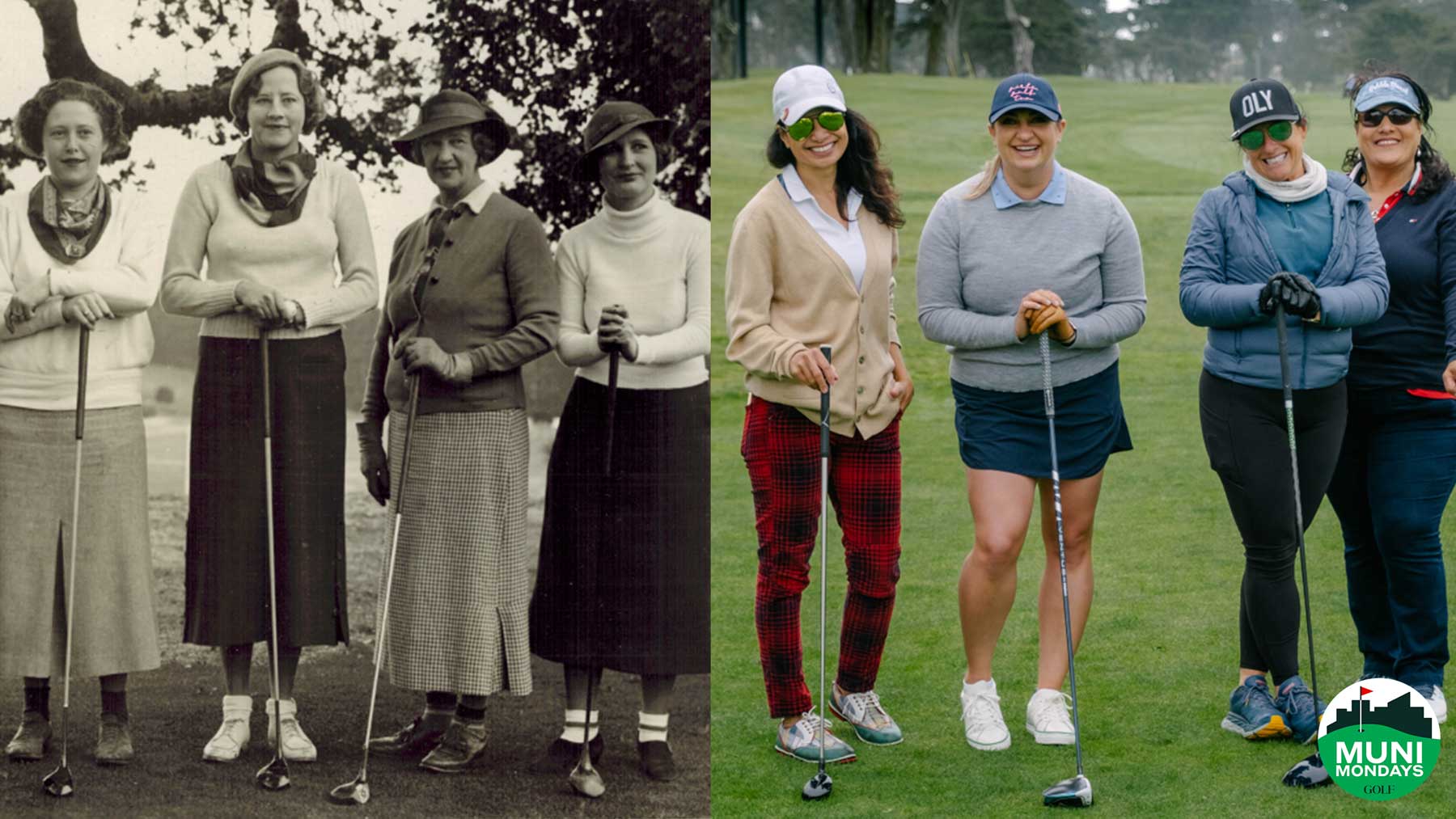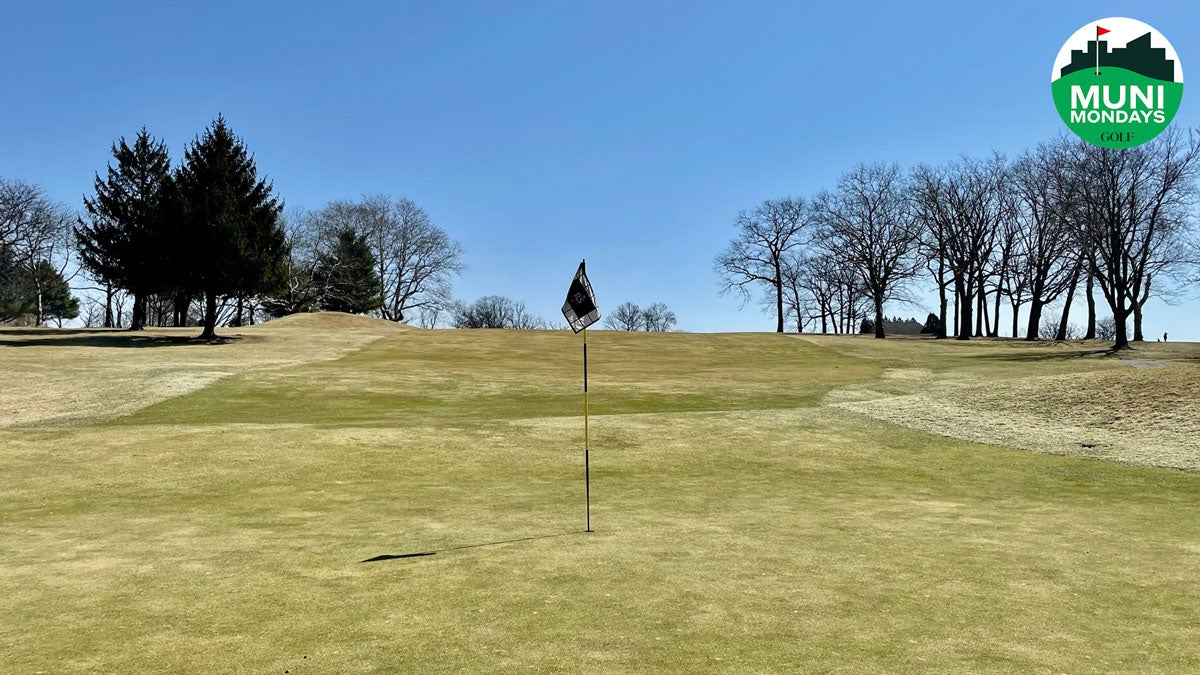This is part of our Muni Monday series, spotlighting stories from the world of city- and county-owned golf courses around the world. Got a muni story that needs telling? Send tips to Dylan Dethier or munimondays@gmail.com and follow Muni Mondays on Instagram.
*****
“Don’t tell anyone how awesome this place is,” one local muttered, as he watched me dust off my Sony a6000. “It’s the best deal in Long Island. We pay $475 to play unlimited golf all year. The course never closes.”
That member had just finished playing Sag Harbor State Golf Course, and he seemed so relaxed; so pleased. That’s the exact feeling I was searching for. You see, Bethpage Black had just destroyed my game — for some reason, I thought it’d be fun to tee it up at one of America’s toughest courses in my first round back after three months’-worth of coronavirus closures. The Black’s healthy rough and exhausting length got the best of my spirits, and I found myself back in East Hampton that night worrying about why I wasn’t able to make consecutive pars.
I needed a mental bounce-back after that brutal round, and while I’d never played Sag Harbor I’d heard enough about it to know it was a laid-back neighborhood nine-holer. I hoped it’d be a perfect way to boost my confidence and remember why golf is my favorite activity.

The vibe at Sag is incredibly relaxed. Located less than 20 miles from such renowned stalwarts as Shinnecock Hills, National Golf Links and Maidstone, Sag Harbor offers a wildly different, distinctly local experience. My husband and I paid for our rounds over the phone (it’s a post-COVID policy that minimizes in-person interactions), and when we got there the starter told us we could walk to the first tee whenever there was a gap in traffic—we didn’t have to adhere to the specific tee time we’d booked. We each paid $22, and while we were only playing nine holes, our greens fee would have covered another loop, too, without paying anything additional. (I have a strong feeling a third loop would have been on the house, too, if we’d wanted).
The course’s postage-stamp greens are its most memorable quality. I can’t recall ever playing a track with greens so tiny, and they felt appropriate—a 9-holer that tips out at 2,500 yards should have small greens. They were a bit shaggy and slow, but since most putts were less than 20 feet their less-than-perfect condition never felt annoying. When I shared a video from my round on Instagram, someone commented that Sag used to have sand greens. “Legit greens made from a sand and oil mix that was rolled out like a clay tennis court. True story.” I can assure you that the greens are now made of grass.
The course routing itself offered a surprisingly fun mix of holes and kept me intrigued from start to finish. But more important than the architectural design was how Sag Harbor made me feel. It was the ultimate relief. By removing over-the-top challenges and steering away from stuffy protocols, the course helped me enjoy every shot.
Now more than ever, a course like Sag offers a friendly stage to welcome golfers back to the game. It was a mentally freeing, rejuvenating escape. I’ll likely return with my 9-month-old in tow, because that’s simply the kind of place Sag is—everyone’s welcome, and everyone will have a good time.









